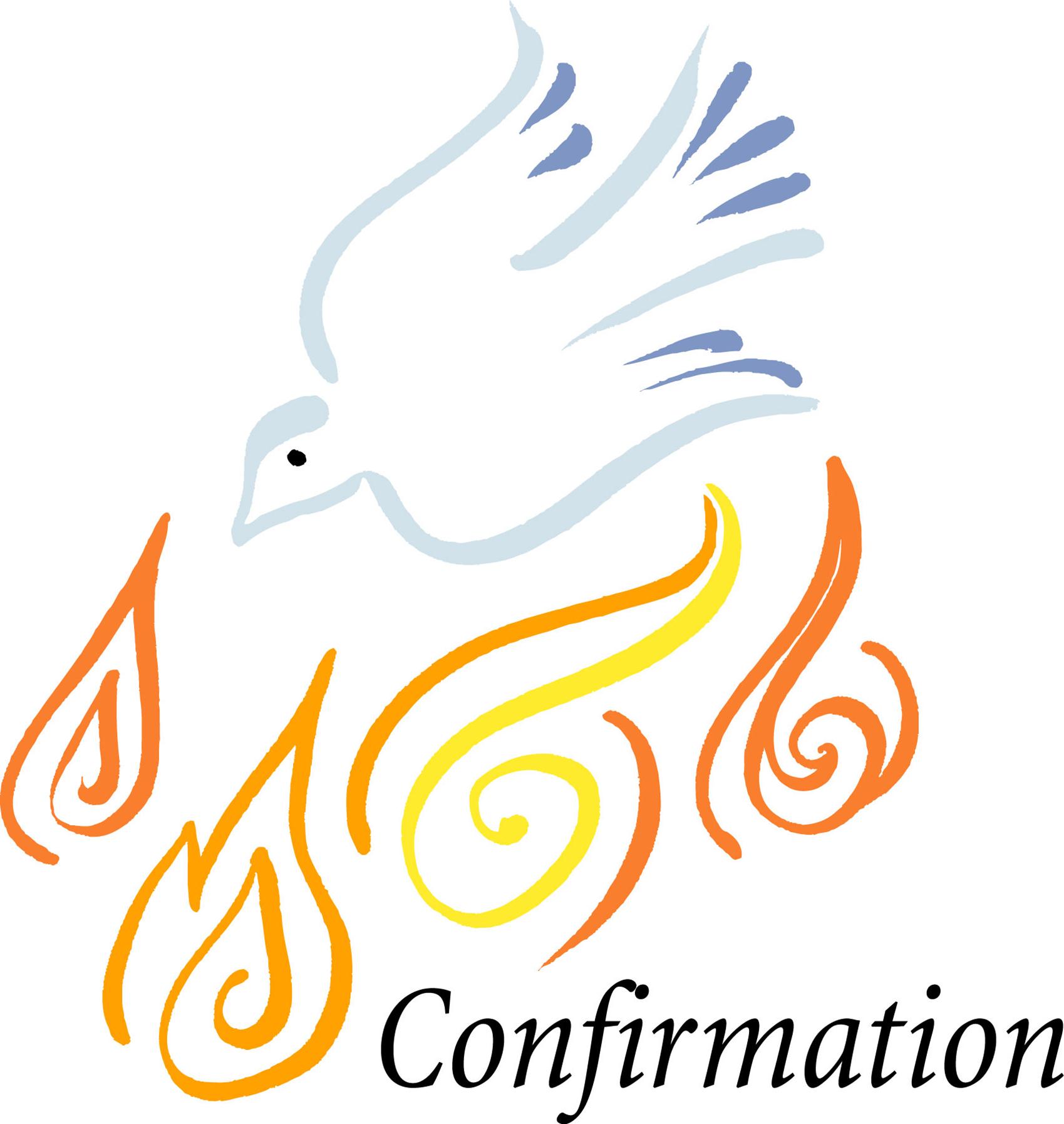Sacrament of Confirmation
7 things to do in preparation for receiving the sacrament of conformation
Confirmation celebrates the coming of the Holy Spirit. In the Acts of the Apostles chapter 2, verses 1 to 13, we read of the Apostles receiving the Holy Spirit. They had been hiding after Jesus’ death, afraid and uncertain. The coming of the Holy Spirit with his gifts inspired them and enabled them to take the step of preaching the good news.
Preparation for Confirmation emphasises the graces that the Spirit brings. It is intended that those preparing for this Sacrament would be enabled to see the Spirit working in their own lives.
Children preparing for Confirmation, usually in sixth class in primary school, often attend a retreat. Preparation also includes an Enrolment  Ceremony/Ceremony of light. The children renew the Baptismal Promises made by their parents on their behalf when they were infants. During the Confirmation ceremony the Bishop (or the priest representing him) anoints the children with chrism and says the words ‘Be sealed with the gift of the Holy Spirit’. The Bishop also lays his hands on the children in gesture of appointing or sending. The children are called upon to be active participants in the Church. At Confirmation children traditionally make a promise to abstain from alcohol/drugs for a given time. A Confirmation name is also selected and traditionally this was a saint’s name. The websites www.actapublications.com or www.catholic.org are helpful in finding saint’s names and useful facts about saints as is Religious Education net. There are also a number of books available to parents to help in preparing your child for Confirmation - click here for some suggested texts.
Ceremony/Ceremony of light. The children renew the Baptismal Promises made by their parents on their behalf when they were infants. During the Confirmation ceremony the Bishop (or the priest representing him) anoints the children with chrism and says the words ‘Be sealed with the gift of the Holy Spirit’. The Bishop also lays his hands on the children in gesture of appointing or sending. The children are called upon to be active participants in the Church. At Confirmation children traditionally make a promise to abstain from alcohol/drugs for a given time. A Confirmation name is also selected and traditionally this was a saint’s name. The websites www.actapublications.com or www.catholic.org are helpful in finding saint’s names and useful facts about saints as is Religious Education net. There are also a number of books available to parents to help in preparing your child for Confirmation - click here for some suggested texts.
In order to maintain the link between Baptism and Confirmation, one of the godparents usually acts as sponsor to the child.
The Ceremony of Confirmation has four main parts
Proclamation of the Word
The readings for confirmation are chosen to reflect the help that the Holy Spirit can offer the candidates and to remind us and perhaps challenge us to keep and  live out the promises made at confirmation.
live out the promises made at confirmation.
Renewal of baptismal promises
We renew our baptismal promises during the confirmation ceremony to highlight the connection between baptism and confirmation. In the presence of the community and with their support and prayers we are confirming the promises made for us at our baptism. We are now saying yes for ourselves to a Christian way of life and the community is witnessing that and promising to help us as we continue on the journey of faith.
Laying on of Hands
In Old Testament times the laying on of hands was a sign of blessing. It was also a sign that the person was being specially chosen to do God’s work. Jesus laid hands on people to heal and bless them. The apostles used the laying on of hands to signify the coming of the Holy Spirit (Acts 8:14-17). During confirmation the bishop and priests lay their hands over the candidates.
Anointing with Chrism
The anointing with oil is a sign that we are being strengthened by the Holy Spirit, that the gifts of the Holy Spirit are being given to them and that they are being blessed by God. Oil was used to anoint priests, kings and prophets in Old Testament times. The chrism oil used by the bishop at confirmation was blessed by him during the Chrism Mass during Holy Week. The candidates will be called by the name they have chosen for confirmation. The Bishop will then make the sign of cross with chrism on each candidate’s forehead using the words ‘be sealed with the gift of the Holy Spirit.’ In doing this he echoes the words used in the Old Testament ‘I have called you by name. You are mine.’
The Sponsor stands behind the candidate during the anointing as support and witness.